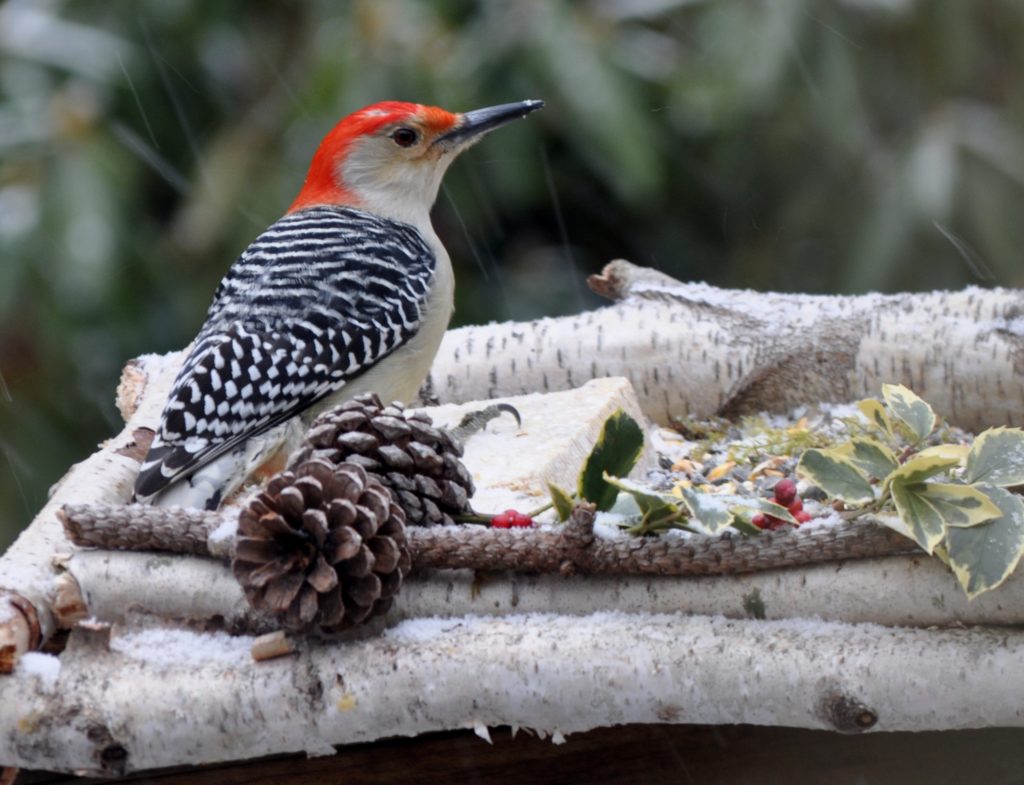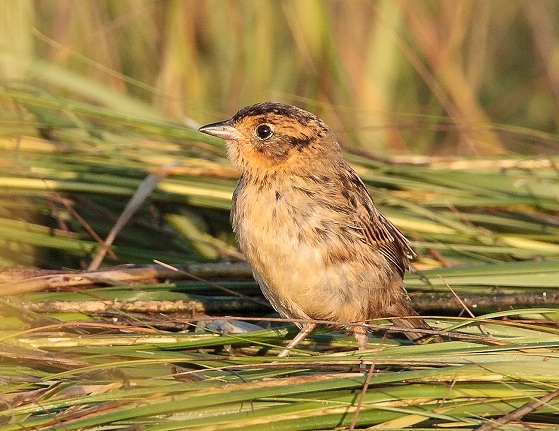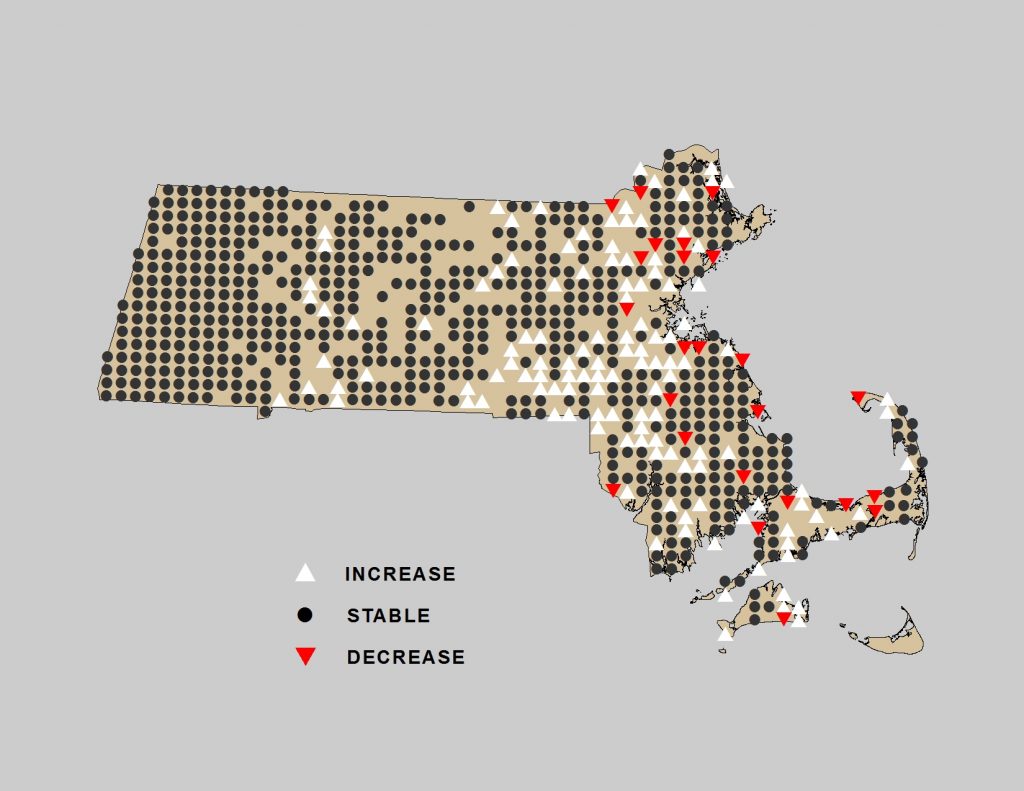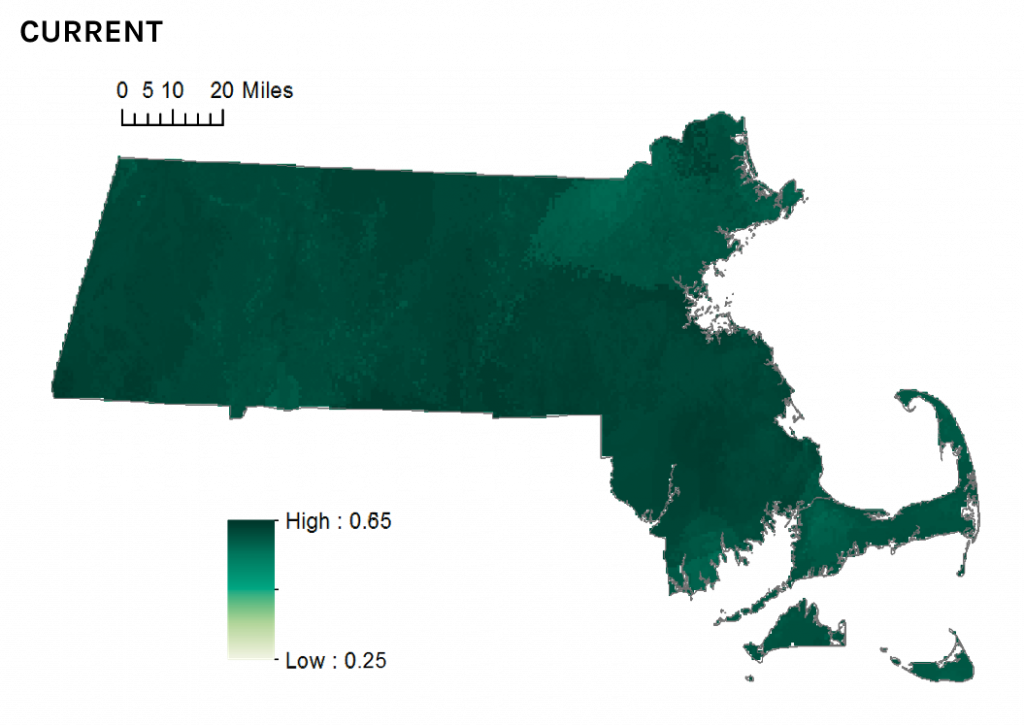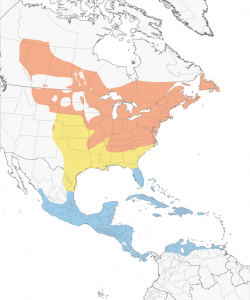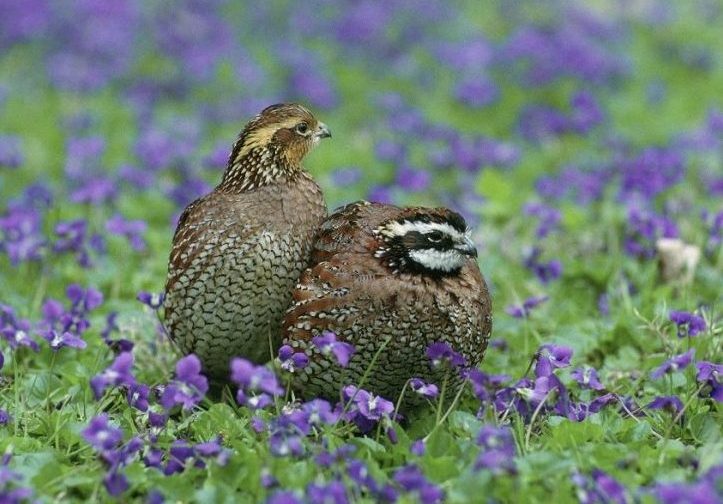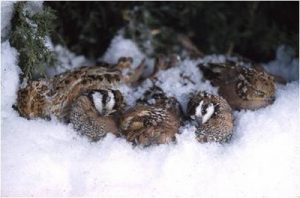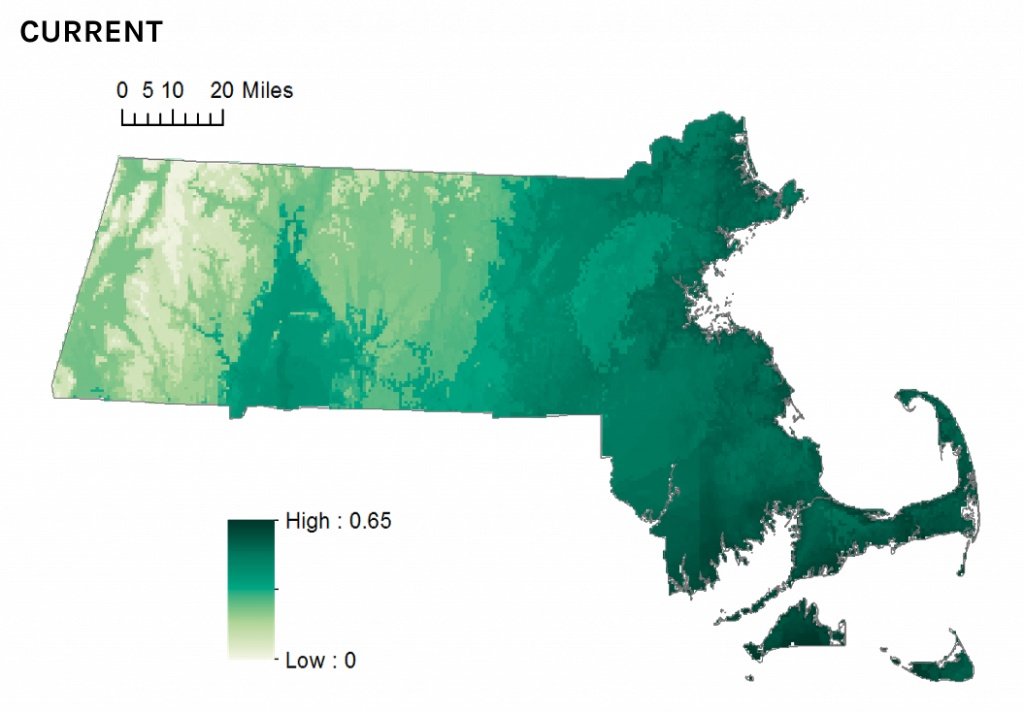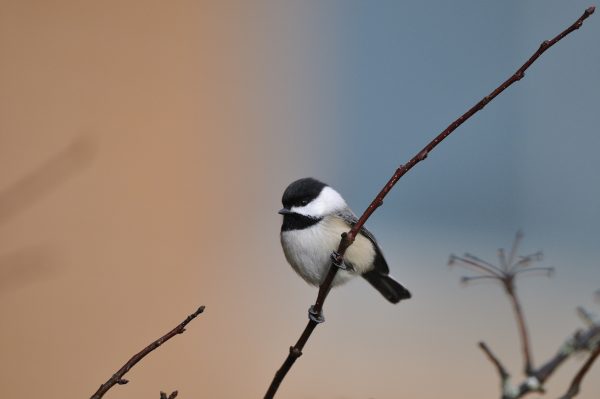The Massachusetts Department of Conservation and Recreation has funded Mass Audubon for three years of “Climate-Smart Forestry.” This program is a collaborative effort between Mass Audubon and the New England Forestry Foundation (NEFF) to support landowners in making climate-friendly forestry management decisions. This is especially important in Massachusetts, where forests cover 60% of the total land area and much of it is privately owned.
The Climate-Smart Forestry project is divided into three main “tasks.” The first is to update the state’s Forest Stewardship Plan to include a climate component. This is a voluntary program where landowners work with consulting foresters to create a ten-year management plan. Future plans will explain how a landowner’s forest fits into the larger climate change picture, and will nicely complement our Foresters for the Bird Program.

The second task is encouraging municipalities to participate in carbon offset markets. Forest landowners receive payments from the California Compliance Offset Program for carbon stored in the trees on their land. In exchange, these landowners reduce clear-cutting and lengthen their harvest rotations to maintain a specified level of carbon storage over time spans ranging from 40 – 100 years.
The third task is to update the Best Management Practices (BMPs) for timber harvesting to address the reality of climate-driven changes in harvesting conditions and promote climate-friendly practices. This will be completed by NEFF, which currently provides BMPs designed to reduce erosion and minimize damage to wetlands and soils during harvest operations. The updates will ensure that projected changes due to climate change are reflected in BMPs.
The project is led by Jeff Ritterson and Josh Rapp in Conservation Science. Jeff currently leads our Foresters for the Birds program and is developing a project for Bird Friendly Maple Syrup. Josh has 15 years of experience in forest ecology research with an emphasis on climate change impacts on forests. Tom Lautzenheiser, who led the effort to enroll Mass Audubon lands in the California carbon market, will contribute heavily to the carbon offset component. Alexandra Vecchio, Climate Change Program Director, will contribute her experience in building climate resilience at the municipal scale, as well as expertise in climate change communications and education for the various outreach components of this project.



